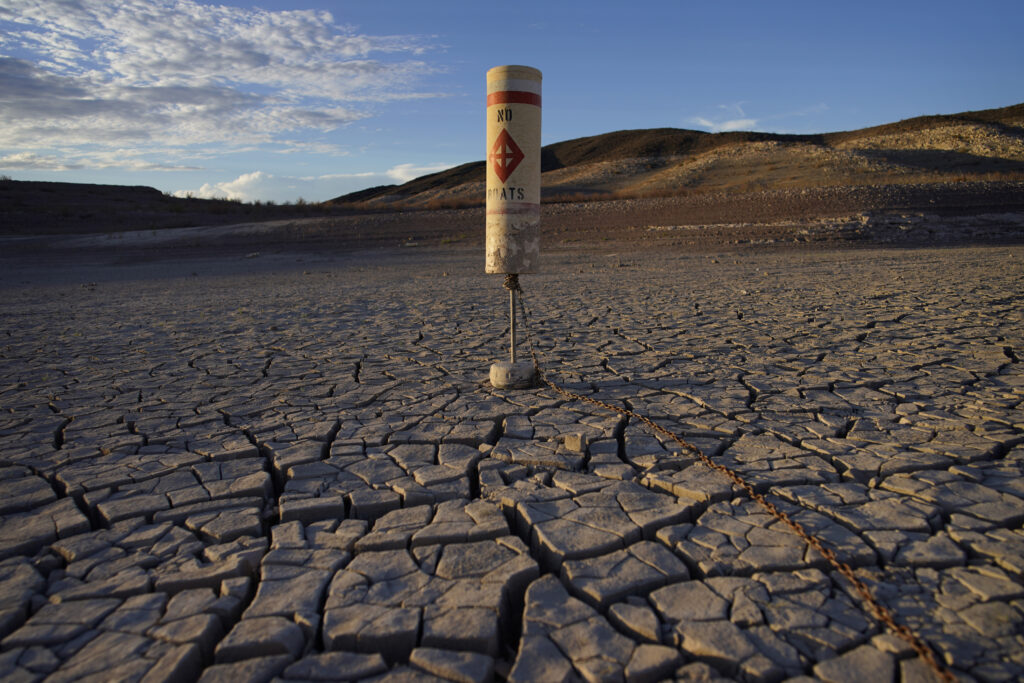New water cuts: Colorado River falls into Tier 2 shortage
Newslooks- SALT LAKE CITY (AP)
For the second year in a row, Arizona and Nevada will face cuts in the amount of water they can draw from the Colorado River as the West endures more drought, federal officials announced Tuesday.
The cuts planned for next year will force states to make critical decisions about where to reduce consumption and whether to prioritize growing cities or agricultural areas. Mexico will also face cuts.
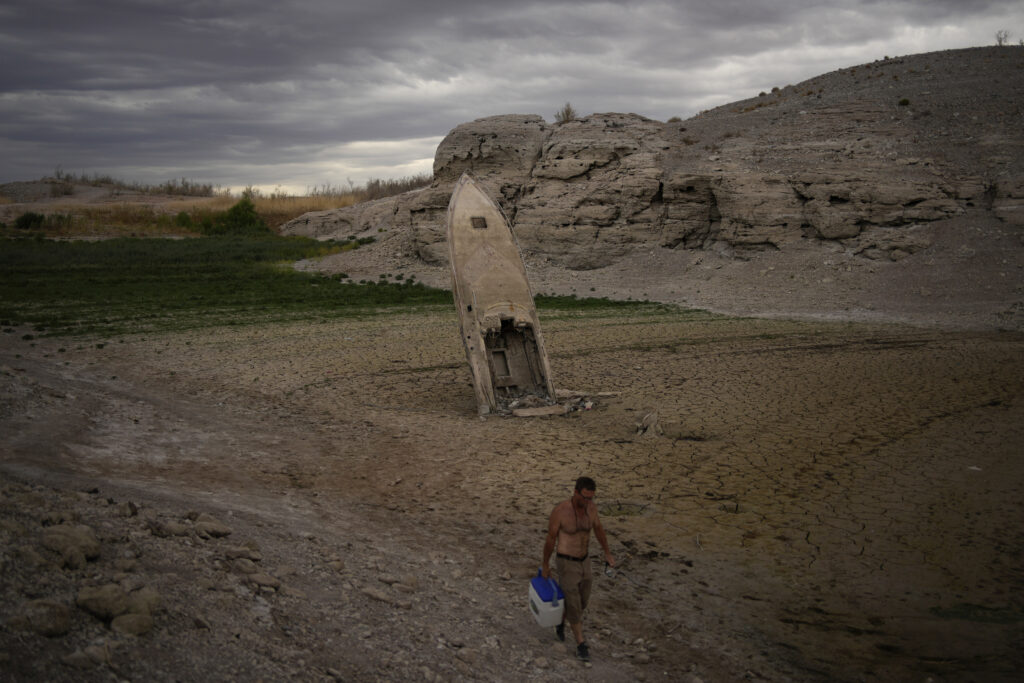
But those reductions represent just a fraction of the potential pain to come for the 40 million Americans in seven states that rely on the river. Because the states failed to respond to a federal ultimatum to figure out how to cut their water use by at least 15%, they could face even deeper cuts that the government has said are needed to prevent reservoirs from falling so low they cannot be pumped.
“The states collectively have not identified and adopted specific actions of sufficient magnitude that would stabilize the system,” Bureau of Reclamation Commissioner Camille Touton said.
Together, the missed deadline and cuts place officials responsible for providing water to growing cities and farms under renewed pressure to plan for a hotter, drier future and a growing population.
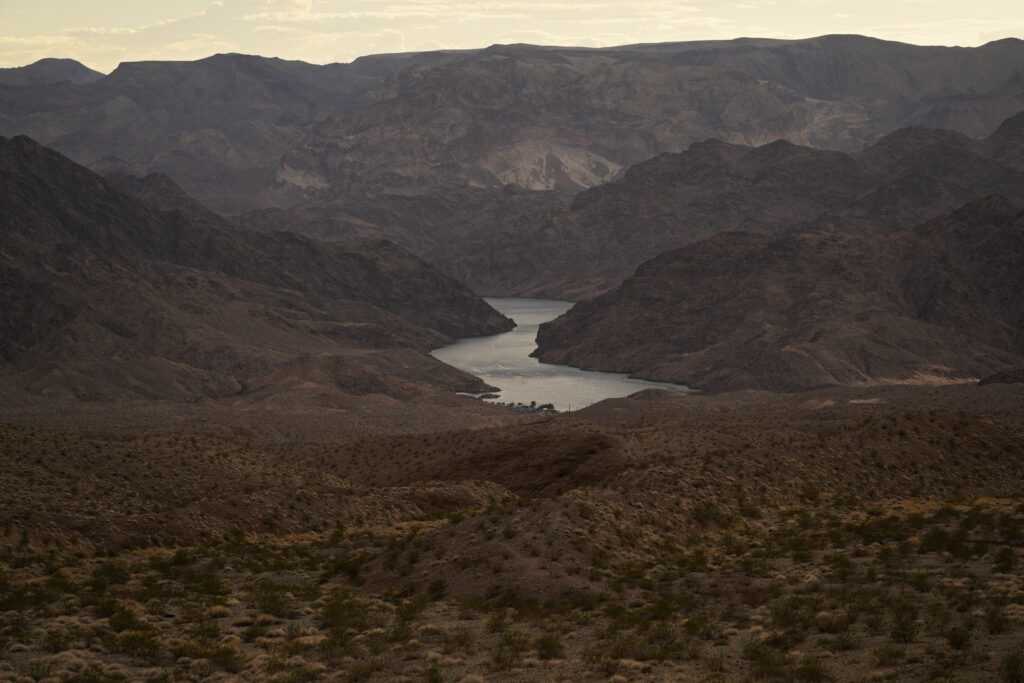
Touton has said the additional 15% reduction is necessary to ensure that water deliveries and hydroelectric power are not disrupted. She was noncommittal on Tuesday about whether she planned to impose those cuts unilaterally if the states cannot reach agreement.
She emphasized partnership between federal officials and their counterparts in the seven states and Mexico, but repeatedly declined to say how much time the states will have to reach the deal she requested in June.
For years, cities and farms have diverted more water from the river than flows through it, depleting its reservoirs and raising questions about how it will be divided as water becomes more scarce.
After more than two decades of drought, Arizona, Nevada and Mexico were hit with mandatory cuts for the first time last year. Some of the region’s farmers have been paid to leave their fields fallow, while residents of its growing cities have been subjected to conservation measures such as restrictions on grass lawns.
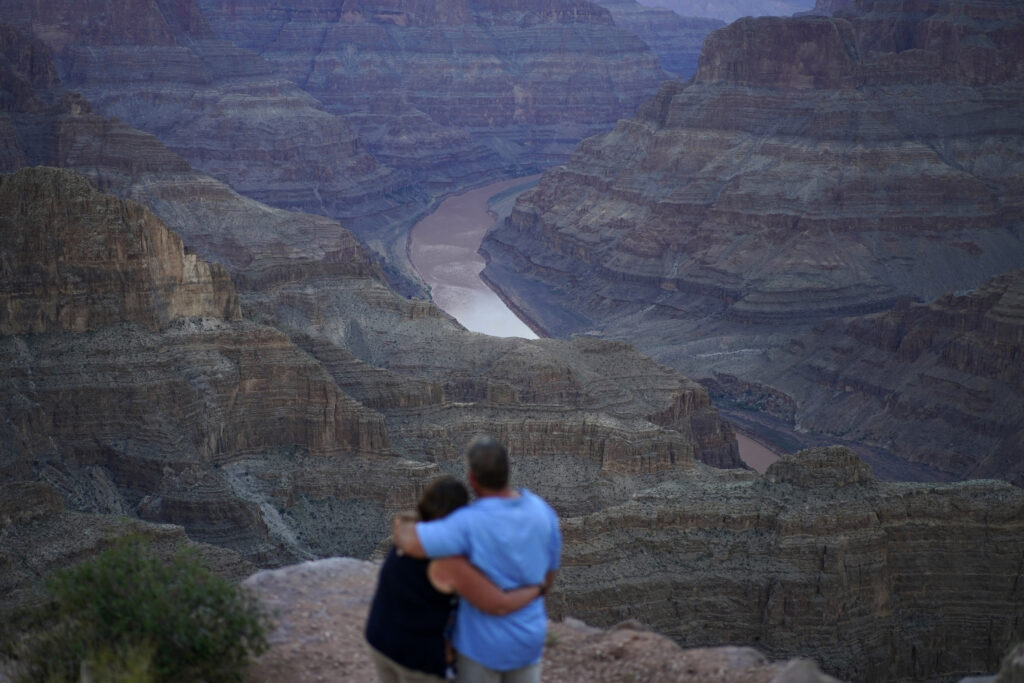
But those efforts thus far haven’t been enough. The water level at Lake Mead, the nation’s largest man-made reservoir, has plummeted so low that it’s currently less than a quarter full and inching dangerously close to a point where not enough water would flow to produce hydropowever at the Hoover Dam on the Nevada-Arizona border.
For officials in Arizona, California, Colorado, Nevada, New Mexico, Utah and Wyoming, the cuts and the demand for additional reductions present new challenges and unpopular choices. Officials have been reluctant to propose more draconian water rationing measures or limits on development.
After putting last year’s burden on the agricultural industry, Arizona officials will have to decide whether to spread this year’s cut to growing cities that rely on the Colorado River, including Scottsdale and Peoria. The two cities get more than half of their water from the Colorado.
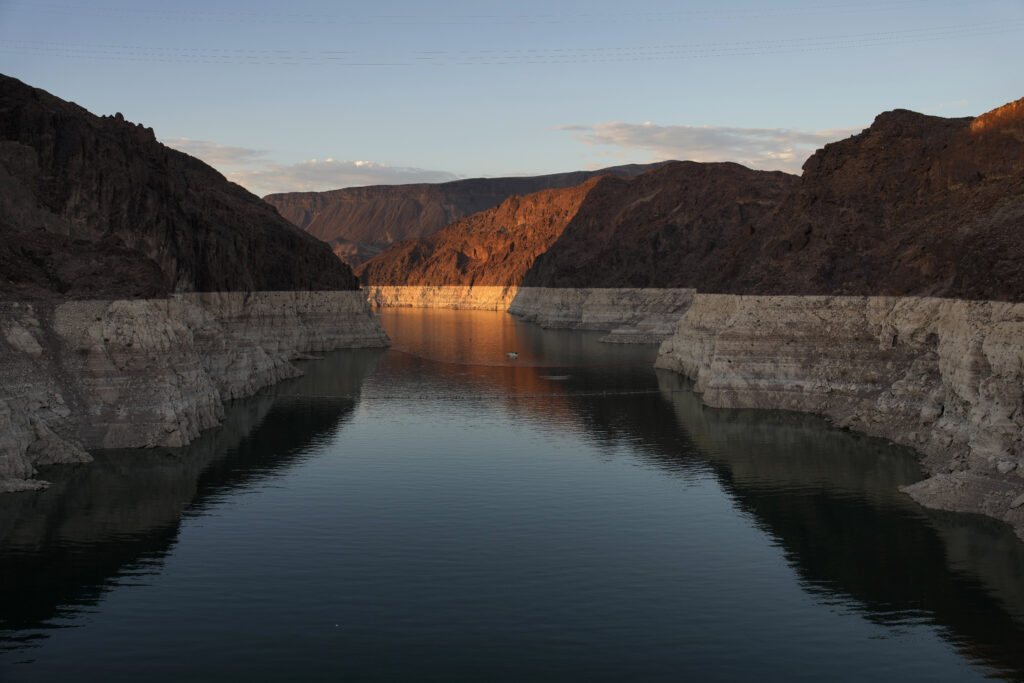
The cuts are not expected to have a tangible effect on Nevada, which has already implemented the region’s most aggressive conservation policies, including grass bans and rebate programs.
Scorching temperatures and less melting snow in the spring have reduced the amount of water flowing from the Rocky Mountains, where the river originates before it snakes 1,450 miles (2,334 kilometers) southwest and into the Gulf of California.
Already, extraordinary steps have been taken this year to keep water in Lake Powell, the other large Colorado River reservoir, which sits upstream of Lake Mead and straddles the Arizona-Utah border. Water from the lake runs through Glen Canyon Dam, which produces enough electricity to power between 1 million and 1.5 million homes each year.
After water levels at Lake Powell reached levels low enough to threaten hydropower production, federal officials said they would hold back some water to ensure the dam could still produce energy. That water would normally flow to Lake Mead.
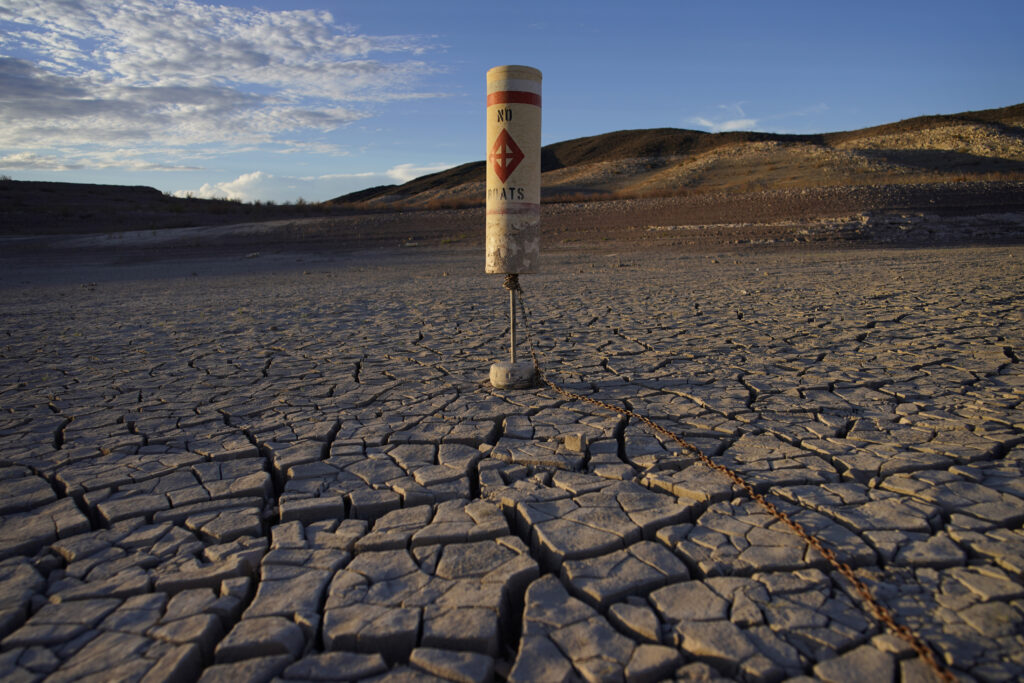
Under Tuesday’s reductions, Arizona will lose slightly more water than it did this year, when 18% of its supply was cut. In 2023, it will lose an additional 3%, for a total 21% reduction from its initial allocation.
Tom Buschatzke, the director of the state’s department of water resources, said he was disappointed that states were unwilling to commit to needed cuts as Arizona endures them year after year.
“It is unacceptable for Arizona to continue to carry a disproportionate burden of reductions for the benefit of others who have not contributed,” he said in a statement.
Mexico will lose 7% of the water it receives each year from the river. Last year, it lost about 5%. The water is a lifeline for northern desert cities, including Tijuana and a large farm industry in the Mexicali Valley, just south of the border from California’s Imperial Valley.
Nevada also will lose water — about 8% of its supply — but most residents will not feel the effects because the state recycles the majority of its water used indoors and doesn’t use its full allocation. Last year, the state lost 7%.

